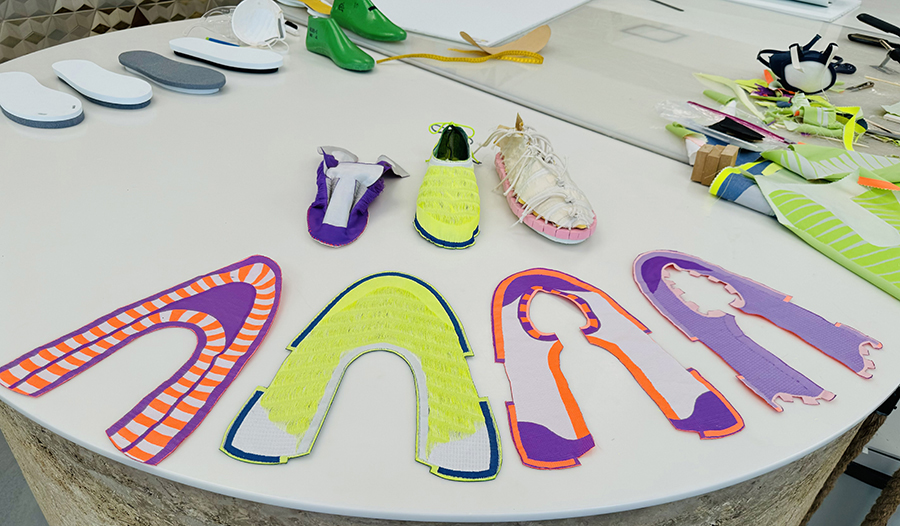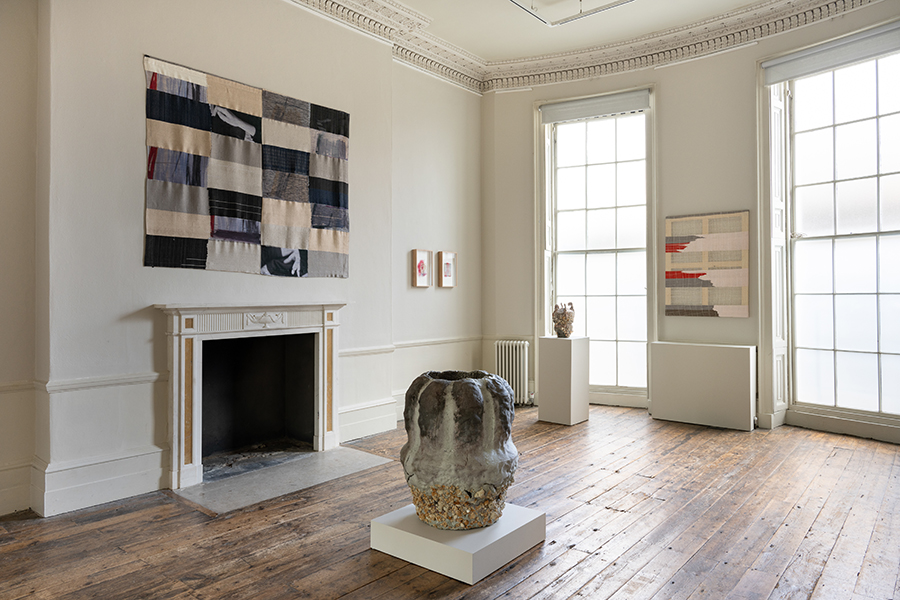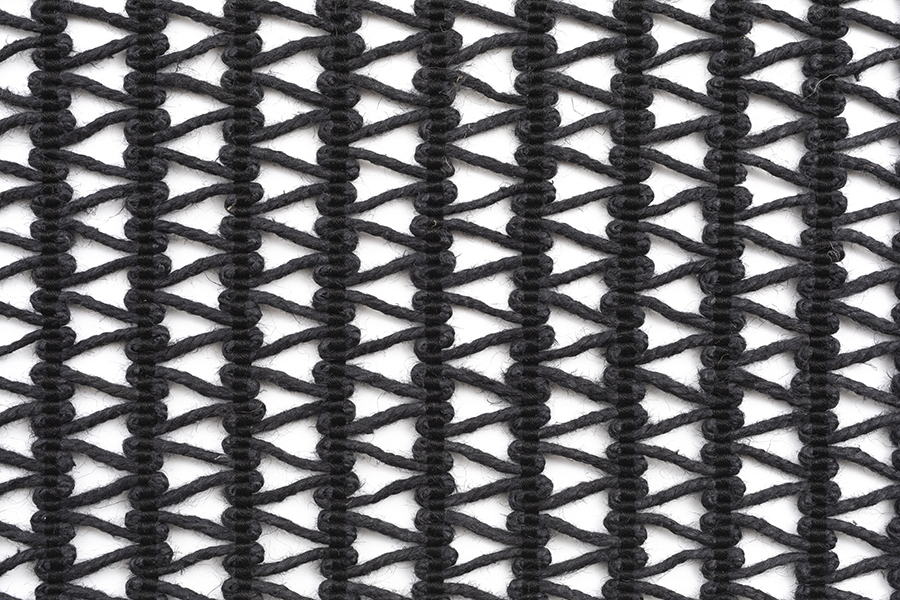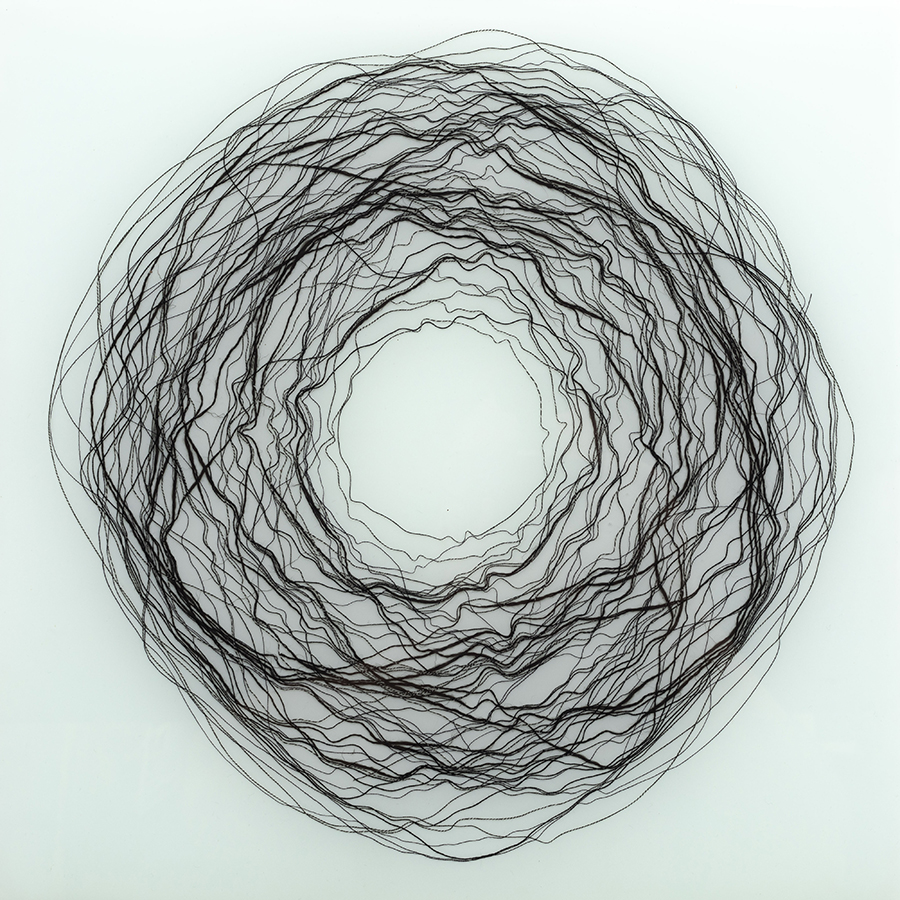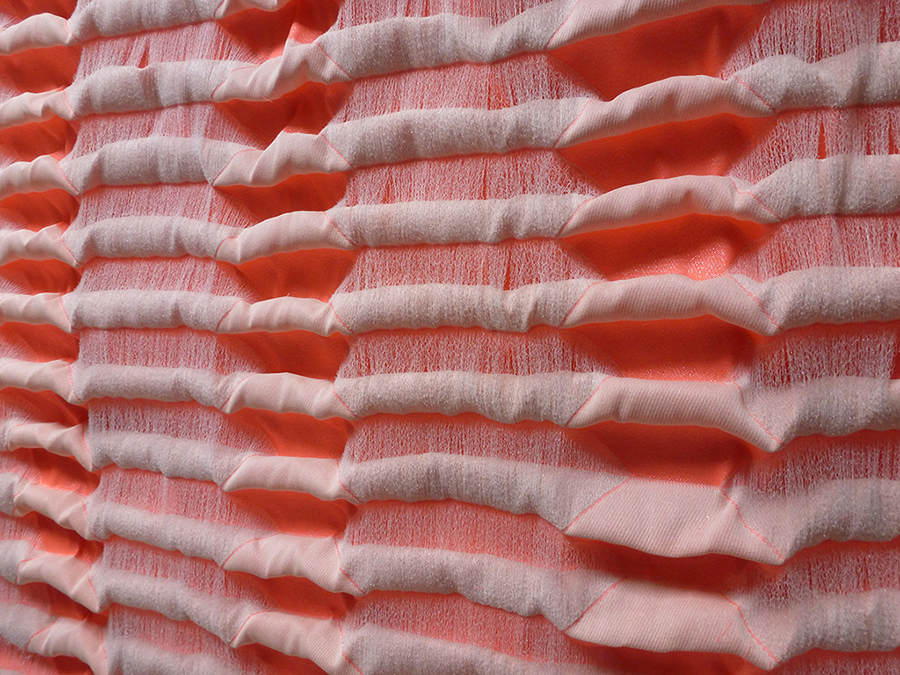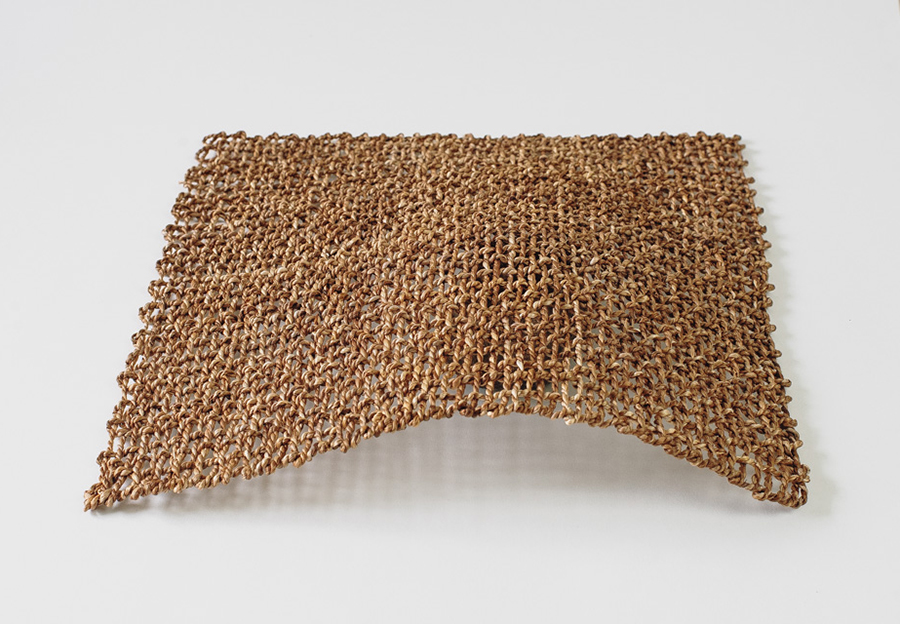 Digital Weaving – Innovation Through Pixels: Conference and Exhibition
Digital Weaving – Innovation Through Pixels: Conference and Exhibition
Date: August 12–15, 2025 | Sundvolden Hotel, Krokkleiva, Norway
In 1995, a small Hønefoss-based company called Tronrud Engineering set out to transform the landscape of textilecreation. Thirty years later, we celebrate the transformative legacy of the TC-looms, a tool that has enabled creativity, innovation and inter-disciplinary collaboration across the world.
To mark this milestone, Tronrud Engineering and Tronrud Engineering Moss (which assumed loom production in 2020) proudly present the Digital Weaving – Innovation Through Pixels Conference and Exhibition. Over four days at the scenic Sundvolden Hotel, this unique event will bring together textile artists, designers, technologists, researchers, and weaving enthusiasts to explore the ever-evolving possibilities of digital handweaving.
Conference Highlights:
- Opening Exhibition (Aug 12): A curated showcase of woven works by 50 international artists and designers, all works created on TC-looms. All featured artworks will be published in a commemorative Anniversary Book, launching during the event.
- Anniversary Book: Featuring contributions by Sarah Mills (San Jose State University, CA) and Norwegian writer and historian Jan Helge Østlund.
- Speaker Series (Aug 13–14): Presentations by an international line-up of speakers, from across 20 countriesand three continents, representing the cutting edge of digital weaving, design, research, and innovation.
- Key Speakers Include: Christy Matson, Holly McQuillan, Janice Lessman-Moss, Cindy Kao, LauraDevendorf, Ariana Moroder, Wen-Ying Huang, Kristina Andersen, Sarah Rosalena, Analyn Salvador-Amores, Anita Michaluszko and
- Presentations: Art and design, cultural heritage, smart textiles, weaving animation augmented weaving, multimorphic textile forms, sustainability, and the intersection of craft and computation.
- Special Sessions:
- “5 slides – 5 minutes” lightning talks
- Evening networking dinners
- Optional Excursions (Aug 15):
- Visit Tronrud Engineering and the Kistefos Museum, or
- Explore Tronrud Engineering Moss and Gallery F15
There are spaces available. Join Digital Weave in Norway to honour the past, celebrate the present, and help weave the future of digital textiles. Learn more: Link
Press Conference: 7th Aug 2025 at Sundvolden Hotel (Krokkleiva, Norway) at 1200 hrs
Media Contact Geetika Nautiyal +47 90964969 Continue reading →


